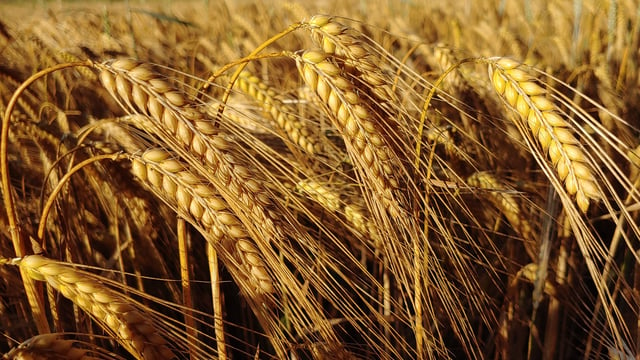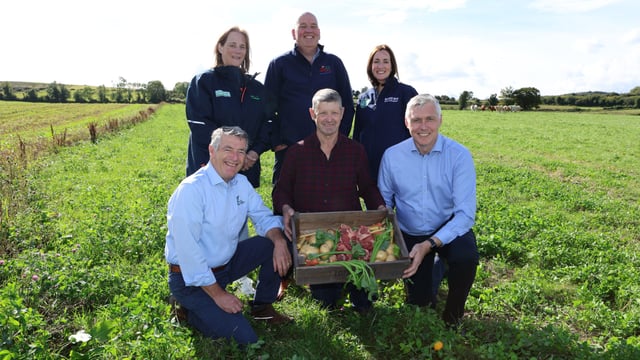Tillage: Take-all impacting winter barley yields in north-east
While winter barley yields in the north-east have been positive across the board, it is now evident that take-all was an issue in some crops.
Drummonds’ agronomist, Brian Reilly told Agriland: “We picked up that take-all had been an issue in some of our trial plots after harvest.
"When we dug down under the stubble, we noticed that the roots of the previous crop were completely black.”
“And we are getting confirmation from farmers in the Louth/Meath area of similar issues arising.”
The agronomist highlighted the importance of break crops in tackling the disease.
“All of this comes down to the rotations being followed on farms," Reilly said.
"Going in with a break crop, such as winter oilseed rape, next season is the only way to break the take-all cycle.
Take-all can impact both winter wheat and barley crops. Spring sown cereals are not as badly affected.
The disease causes most damage on light soils (sand, sandy loams, and loams), where the impacting fungus spreads more easily and the loss of active roots has a large effect on a plant's water and nutrient uptake.
Poor drainage and nutrient status also encourage take-all.
According to Reilly, the winter barley harvest is wrapped up in the north-east, with growers now combining winter oat crops.
He said: “Barley yields averaged 3.7t/ac at low enough moisture contents. Straw yields are excellent. No rape crops have been harvested as yet."
Looking ahead, the Drummonds’ agronomist believes that first wheats will yield well this year.
Take-all and fusarium infections might be an issue in some second wheats.
“But all crops are now starting to mature very quickly. The rain that fell in the north-east towards the end of May turned around the prospects for many spring barley crops.
“But we will just have to wait and see what the harvest brings,” Reilly added.
Heavy showers over recent days have brought harvesting operations to a halt in many areas.
The weather is set to remain unsettled up to an including the weekend ahead.
Beyond that, low pressure will be the dominant feature of Ireland’s weather. According to Met Éireann, next week will see a south or south-westerly air-flow predominating.
In turn, this will result in higher than average temperatures across most of the country.
Rainfall amounts are forecast to be above the seasonal norm with the largest rainfall totals predicted in western and north-western regions.





